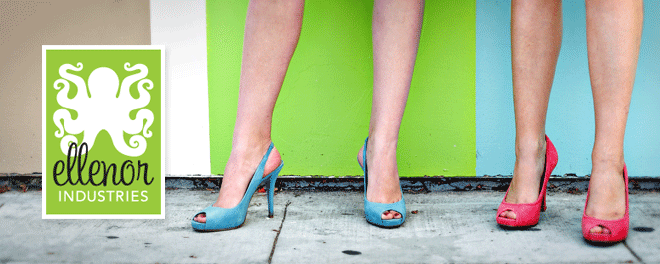
Monochromatic rooms are a challenge that many shy away from. To me, this is what makes them so fascinating. They are the rare jewel that, when done successfully, can really shine!
What is a monochromatic room you ask? Well, the definition of "monochromatic" is one color; and so a monochromatic room would be one that is made up entirely of a single color. The problem is, designers usually don't like to limit themselves to a single color... there are just too many good colors and combos out there! This makes finding a true monochromatic room very difficult. However, in the world of interior design there are almost monochromatic rooms… rooms that are made up primarily of one color and accented with just one or two extra colors (usually these are neutrals such as white or black). For our case, these almost rooms is what we’ll be referring to when discussing “monochromatic rooms.“
So, how does one pull off a “monochromatic room?” The key is to play with patterns, textures, shades, and finishes/sheens of the same color. By playing with these different variables of the same color, you keep a monochromatic room from being monotonous. Take a look…
Designer David Kaihoi
Between the stimulation of red and the calmness of blue lies the color purple. Purple is known for its opulence and as a regal color in history and still represents power and wealth in Japan’s culture today. It is viewed as a color of mystic qualities and can be greatly influenced by it the color of its base. Purple is a favorite among the more eccentric personalities and can encourage creativity upon those who view it.
In interior design, shades of purple make for a calming room. When paired with other colors, this color can also be vibrant and uplifting. A chameleon of the color world, purple will be exactly what you want to get out of it.
A jewel of a color.... amaranthine, amethyst, aubergine, eggplant, grape, lavender, lilac, magenta, mauve, mulberry, orchid, periwinkle, perse, plum, pomegranate, violet, wine, wisteria
Designer Jamie Drake photo from Elle Decor
"But, luckily, he kept his wits and his Purple crayon." -from Harold and the Purple Crayon (1955)
Have a great day!
Ellenor






















